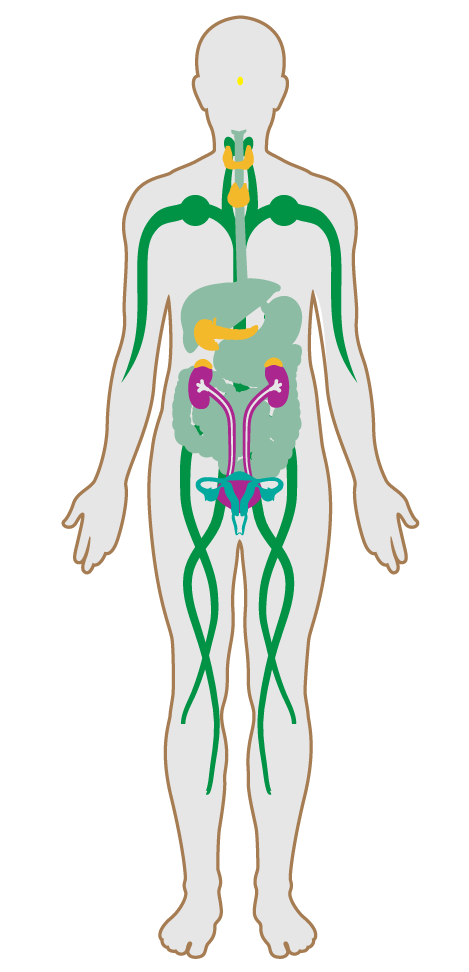Cleanable environment
- 01 Air quality standards
- 02 Smoking ban
- 03 Ventilation effectiveness
- 04 VOC reduction
- 05 Air filtration
- 06 Microbe and mold control
- 07 Construction pollution management
- 08 Healthy entrance
- 09 Cleaning protocol
- 10 Pesticide management
- 11 Fundamental material safety
- 12 Moisture management
- 13 Air flush
- 14 Air infiltration management
- 15 Increased ventilation
- 16 Humidity control
- 17 Direct source ventilation
- 18 Air quality monitoring and feedback
- 19 Operable windows
- 20 Outdoor air systems
- 21 Displacement ventilation
- 22 Pest control
- 23 Advanced air purification
- 24 Combustion minimization
- 25 Toxic material reduction
- 26 Enhanced material safety
- 27 Antimicrobial activity for surfaces
- 28 Cleanable environment
- 29 Cleaning equipment
- P9 Advanced cleaning
28. Cleanable environment
Surfaces exposed to frequent human touch can harbor microbes and toxins for extended periods of time. However, these surfaces can be kept sanitary if they are designed with suitable materials that facilitate easy cleaning. This reduces the need for cleaning products that contain potentially toxic chemicals and may also reduce the frequency of cleaning.
This feature requires that high-touch surfaces are smooth, corrosion-resistant and easily sanitized to maintain cleanliness.
High-touch and non-porous surfaces (refer to Table A1 in Appendix C) meet the following requirements:
The following requirements are met:
The following types of storage facilities must be in place in any locker rooms present:

Applicability Matrix
| Core & Shell | New & Existing Buildings | New & Existing Interiors | |
|---|---|---|---|
| Part 1: Material Properties | - | O | O |
| Part 2: Cleanability | - | O | O |
| Part 3: Cleanable Locker Rooms | - | - | - |
| Commercial Kitchen | Education | Multifamily Residential | Restaurant | Retail | |
|---|---|---|---|---|---|
| Part 1: Material Properties | P | O | O | P | O |
| Part 2: Cleanability | P | O | O | P | O |
| Part 3: Cleanable Locker Rooms | - | O | - | - | - |
Verification Methods Matrix
| Letters of Assurance | Annotated Documents | On-Site Checks | |
|---|---|---|---|
| Part 1: Material Properties | Architect | Spot Check | |
| Part 2: Cleanability | Architect | Spot Check | |
| Part 3: Cleanable Locker Rooms | Architect | Visual Inspection |
| 28.2.a |
The U.S. HUD's Lead Paint Safety document recommends rugs to be removable and permanent wall-to-wall carpeting not to be used. |
| 28.3.a |
The guide suggests that open, grid-style lockers promote air flow. |
